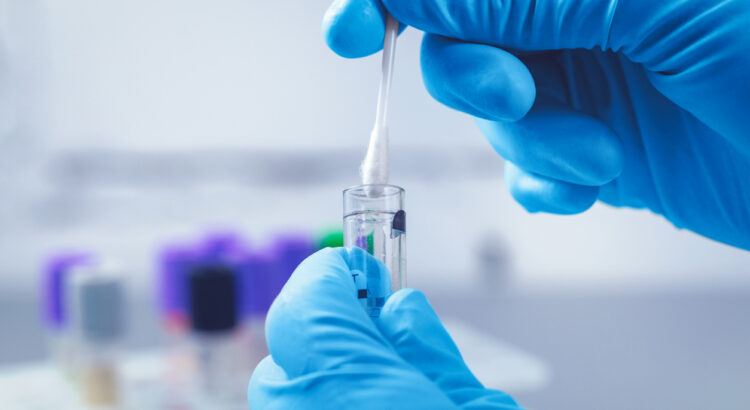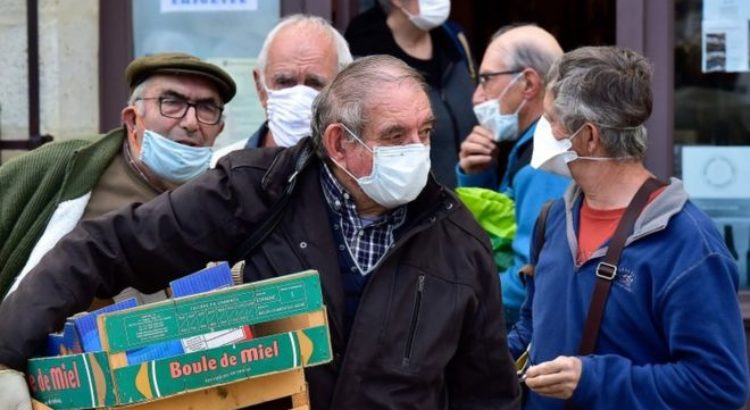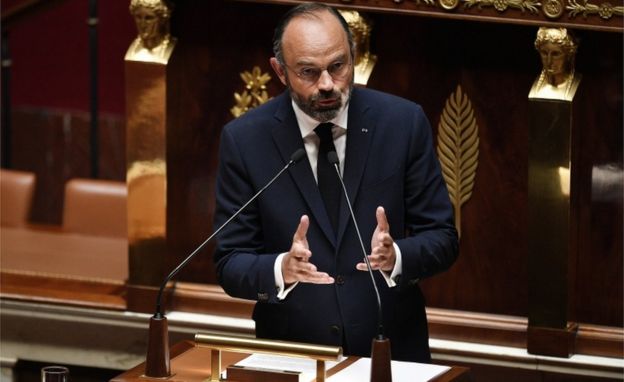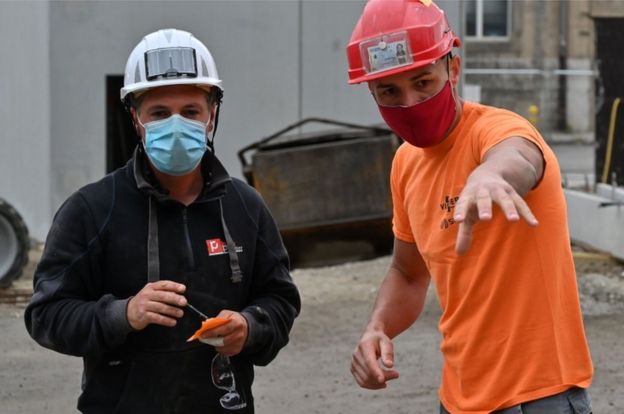Pablo Gutierrez Del Alamo
«La apertura de curso pasa por hacer test a los docentes, a los alumnos, tenemos tiempo para hacerlos». «Para cuando entren los niños al colegio, sea cuando sea, habría que hacer test masivos para niños y profesores, para todo el personal. Para conocer la realidad». «Test masivos para toda la comunidad educativa. Es una demanda». Son algunas de las intervenciones que el pasado jueves algunos diputados del Congreso realizaron durante la comparecencia de la ministra de Educación, Isabel Celaá. Su respueta: «Tendrá que hablar Sanidad. Seguimos recomendaciones sanitarias».
Los datos del estudio de seroprevalencia que se conocieron hace algunas semanas dejaban una sensación agridulde. Solo el 5% de la población había tenido una infección por COVID-19. Después de dos meses de confinamiento, con la práctica totalidad de la economía parada y con los centros educativos cerrados a cal y canto, queda un 95% de la población por entrar en contacto con la enfermedad. Decenas de miles de muertos en el camino.
Septiembre se antoja lejano, pero todas las autoridades educativas tienen la mente en ese mes y en cómo será posible hacer que el alumnado comience el curso con cierta normalidad, sea esta nueva o ya conocida.
Las portavocías de UPN, PP y EH Bildu ponían sobre la mesa en la Comisión de Educación la necesidad de realizar tests masivos entre el profesorado y el alumnado. En el caso de los dos primeros partidos, con la vista puesta a que el sistema educativo cumpla ese porcentaje que tiene de elemento de conciliación laboral. «No puede ser que estemos, decía el representante de Unión del Pueblo Navarro, con una economía y una educación paradas».
«Hay que hacer tests con una intencionalidad», asegura Encarnación Pizarro, secretaria de Salud Laboral y Medio Ambiente de la Federación de Enseñanza de CCOO. El sindicato publicó un documento la semana pasada con una serie de recomendaciones de cara a la vuelta a las aulas del alumnado. En la rueda de prensa de presentación apareció la cuestión de los test masivos a la comunidad educativa y, aunque la organización todavía está estudiando qué postura ha de tomar, no ven clara la idoneidad de esta decisión.
Pablo Suárez es médico especialista en medicina preventiva y salud pública. Ha pasado los últimos meses trabajando a destajo enfrentando el coronavirus. Preguntado por la idoneidad de realizar test masivos a un colectivo de unos 10 milliones de personas, su respuesta es doble. «Desde la perspectiva de la medicina preventiva y de salud pública, tiene sentido. Pero cuando los recursos son limitados, supone un gasto elevado y puede generar más problemas que soluciones».
El objetivo de los test masivos es detectar de forma rápida una enfermedad mediante un cribado. Se fundamenta en la idea de «atrapar» a las personas asintomáticas que pudieran portar el virus. Pablo Suárez ejemplifica esto con lo ocurrido en pueblo de Vo’Euganeo, en la provincia italiana de Padua (Veneto). Allí, toda la población (3.300 habitabtes) fue sometida a test masivos en dos tandas: cuando se produjo la primera muerte por COVID-19 y después de 14 días de aislamiento total. Entre los resultados, un 43% de infectados y que los menores de entre 0 y 10 no se habían contagiado a pesar de vivir con adultos que sí lo estaban.
Pillar in fraganti a las personas asintomáticas es importante porque son contagiosas como quienes presentan los síntomas. De hecho, antes de que estos aparezcan, es posible pasar a otros la enfermedad. Pero este especialista ve más complicaciones que ventajas a hacer esta criba en la comunidad educativa.
La primera es que no hay capacidad técnica para realizar el número de test requeridos. El número de docentes no universitarios es de unos 700.000 y el del alumnado ronda los ocho millones. El sistema sanitario no tienen hoy capacidad para realizar esta cantidad de pruebas. A lo que se suma el coste que tendría hacer este trabajo. Suárez explica el protocolo para las PCR: una persona debe ponerse un EPI para hacerlas, utilizar un hisopo (bastoncillo) y un tubo para guardarlo. Enviarlo a un laboratorio donde un técnico pasará entre una y tres horas analizando las muestras cuyos resultados, después, habrá de comunicar al centro de salud donde se hicieron las pruebas. Más tarde, otra persona tendrá que contactar con el paciente en cuestón para confirmar si está o no contagiado.
Finalmente, la realización de test masivos ofrece una gran cantidad de información (que también habría que gestionar) pero como una foto fija. Antes de dicha foto, cualquiera pudo haber contagiado a otras personas. Y quien da negativo, puede contagiarse días después.
Mascarillas, protocolo respiratorio y distancia social siguen siendo, desde el punto de vista de este médico, las medidas óptimas para frenar la propagación del virus. Entre otras cosas porque, dice, «no hay pruebas perfectas» y se producen falsos positivos.
Además de las tres claves anteriores: un sistema eficaz de rastreo de contagios. La prueba de fuego para los centros de atención primaria de todo el país. Detectar rápidamente a las personas con síntomas y aislar a sus contactos de los últimos días es la otra técnica para frenar el avance.
A todo esto hay que añadir algo que comenta Encarnación Pizarro: la Ley Orgánica de Protección de Datos protege de especial manera la información relacionada con la salud. Para la dirigente sindical, deberían ser los centros de atención primaria los encargados de estas pruebas (de hacerse) para evitar vulneraciones de derechos.
Suárez explica que, en este sentido, el sistema sanitario intenta que el número de quienes conocen la información de un caso concreto sea el más reducido posible.
The post ¿Es razonable hacer tests masivos entre profesorado y alumnado para volver a clase? appeared first on El Diario de la Educación.
Fuente: https://eldiariodelaeducacion.com/2020/05/25/es-razonable-hacer-tests-masivos-entre-el-profesorado-y-alumnado-para-volver-a-clase/











 Users Today : 60
Users Today : 60 Total Users : 35404538
Total Users : 35404538 Views Today : 69
Views Today : 69 Total views : 3334109
Total views : 3334109